Growing Spinach in Planters: Your Guide to a Bountiful Harvest
Growing spinach in planters has become a popular choice for home gardeners, and for good reason! I’ve always loved the taste of fresh spinach, but the thought of dedicating a large portion of my garden to it seemed daunting. That’s why I was so excited to discover the ease and efficiency of growing spinach in planters. This method allows you to enjoy a continuous supply of this nutritious leafy green, even if you have limited space. It’s a fantastic way to bring the freshness of the farm directly to your doorstep, and I’m thrilled to share my tips and tricks with you.
Historically, spinach has held a significant place in various cultures. From its origins in ancient Persia to its widespread cultivation across the globe, it’s been a staple in many cuisines for centuries. But today, access to fresh, high-quality produce isn’t always easy. Busy schedules and the challenges of modern life often make it difficult to get to the farmers market regularly. This is where growing spinach in planters comes in handy.
Why Grow Your Own Spinach?
There’s nothing quite like the taste of homegrown spinach. It’s incredibly flavorful, and you know exactly what’s gone into its cultivation – no pesticides or harmful chemicals! Plus, growing your own spinach is incredibly rewarding. Watching those tiny seedlings sprout and mature into lush, leafy plants is a truly satisfying experience. Whether you’re a seasoned gardener or a complete beginner, this guide will empower you to successfully grow your own delicious spinach, right in your backyard or even on your balcony.
So, let’s dive into the world of planter gardening and unlock the secrets to a bountiful spinach harvest! I’ll walk you through everything from choosing the right planter to harvesting your delicious, homegrown spinach. Get ready to experience the joy of growing your own food!
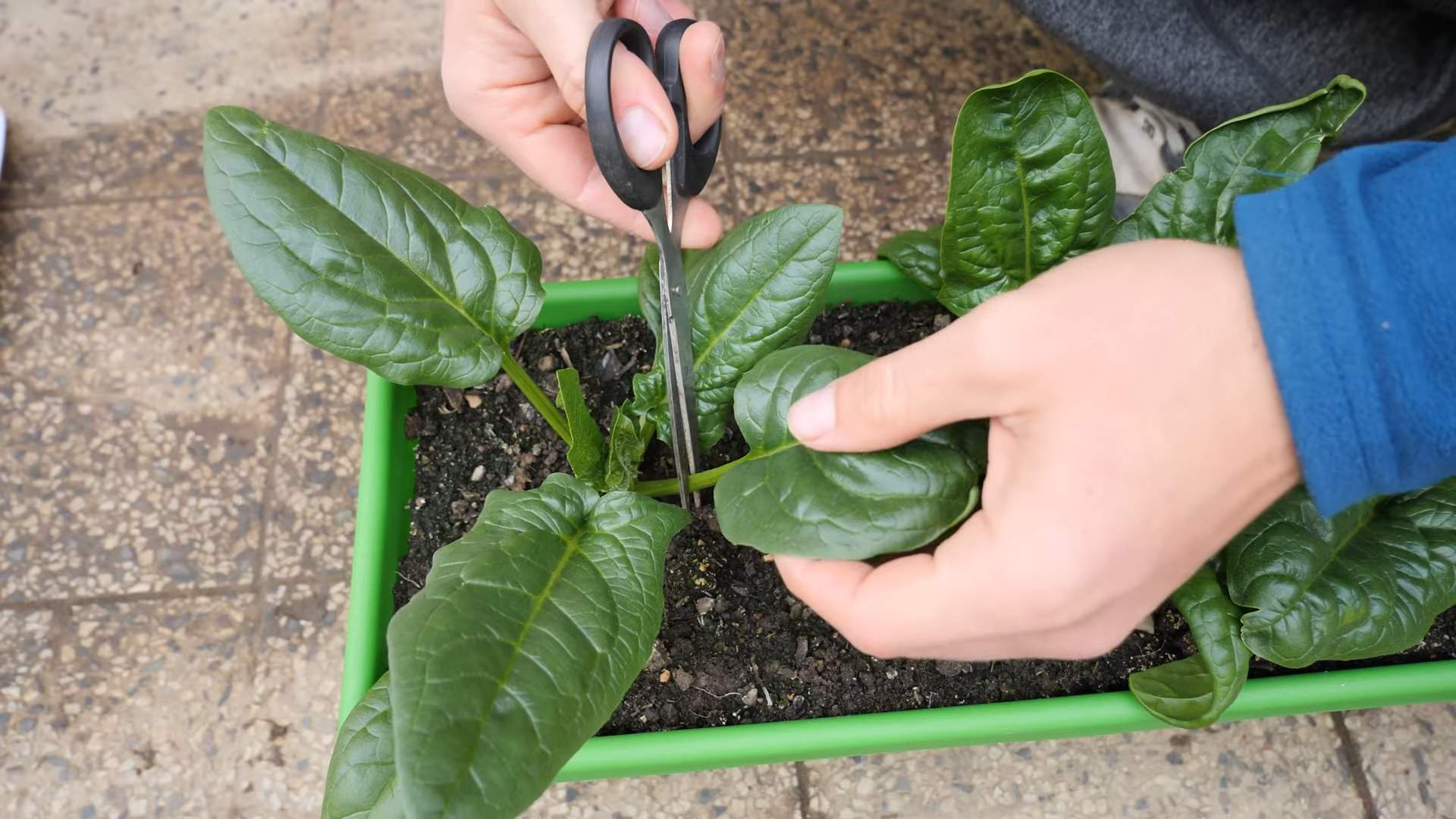
Growing Spinach in Planters: A Step-by-Step Guide
I love fresh spinach, but grocery store prices can be a bit steep. That’s why I decided to try growing my own in planters! It’s surprisingly easy, and the taste difference is incredible. Here’s how I did it, and how you can too.
Choosing Your Planters and Location
- Planter Size and Material: I recommend using planters at least 12 inches deep and wide. This gives your spinach roots plenty of room to spread. You can use almost any material – plastic, wood, ceramic – just make sure it has drainage holes to prevent root rot. I personally prefer plastic because it’s lightweight and easy to move.
- Number of Planters: The number of planters you’ll need depends on how much spinach you want to grow. Start small if you’re a beginner – one or two planters is a great way to get started. You can always expand later!
- Sunlight: Spinach needs at least six hours of sunlight per day. Choose a sunny spot in your yard or on your balcony. If you’re growing indoors, you’ll need grow lights to supplement natural sunlight.
- Accessibility: Make sure your planters are easy to access for watering and harvesting. You’ll be visiting them regularly!
Preparing the Soil
- Gather your materials: You’ll need high-quality potting mix, not garden soil. Garden soil is too heavy and can compact, hindering spinach growth. I also like to add a slow-release fertilizer to the mix for extra nutrients.
- Fill the planters: Fill your planters with the potting mix, leaving about an inch of space from the top. This allows for easy watering without spillage.
- Lightly water the soil: Give the soil a gentle watering to settle it before planting your seeds. Don’t overwater at this stage; just moisten the soil.
Planting the Spinach Seeds
- Choose your spinach seeds: There are many varieties of spinach available, so choose one that suits your climate and preferences. I like to plant a mix of varieties for a longer harvest season.
- Sow the seeds: Sow the seeds about ½ inch deep and 1-2 inches apart. Don’t plant them too close together, as this will lead to overcrowding and competition for resources.
- Cover the seeds: Gently cover the seeds with soil. You can use a small trowel or your fingers.
- Water gently: Water the seeds gently after planting, using a watering can with a rose head to avoid disturbing the soil.
Caring for Your Spinach
- Watering: Keep the soil consistently moist, but not soggy. Water regularly, especially during dry periods. The frequency will depend on your climate and the type of planter you’re using. Check the soil moisture by sticking your finger a couple of inches into the soil. If it feels dry, it’s time to water.
- Weeding: Regularly remove any weeds that pop up. Weeds compete with your spinach for nutrients and water.
- Fertilizing: If you didn’t add a slow-release fertilizer to the soil initially, you can fertilize your spinach every few weeks with a balanced liquid fertilizer. Follow the instructions on the fertilizer packaging carefully.
- Pest and Disease Control: Keep an eye out for pests like aphids or slugs. If you see any pests, you can try handpicking them or using an organic pest control solution. Good air circulation can help prevent fungal diseases.
Harvesting Your Spinach
- Harvesting Time: Spinach is ready for harvest about 4-6 weeks after planting, depending on the variety. The leaves should be large and dark green.
- Harvesting Method: You can harvest the entire plant at once, or you can harvest individual leaves as needed. For a continuous harvest, simply pick the outer leaves, leaving the inner leaves to continue growing.
- Storage: Store harvested spinach in a plastic bag in the refrigerator. It will last for about a week.
Troubleshooting Common Problems
Yellowing Leaves:
Yellowing leaves can indicate several problems, including nutrient deficiencies, overwatering, or underwatering. Check your watering schedule and consider adding a fertilizer if necessary.
Bolting:
Bolting (when the plant sends up a flower stalk) occurs when spinach is exposed to hot temperatures. To prevent bolting, plant spinach in the cooler months or provide some shade during the hottest part of the day.
Pests:
Common spinach pests include aphids and slugs. Handpick pests or use an organic pest control solution to manage infestations.
Remember to always research the specific needs of your chosen spinach variety for optimal results!
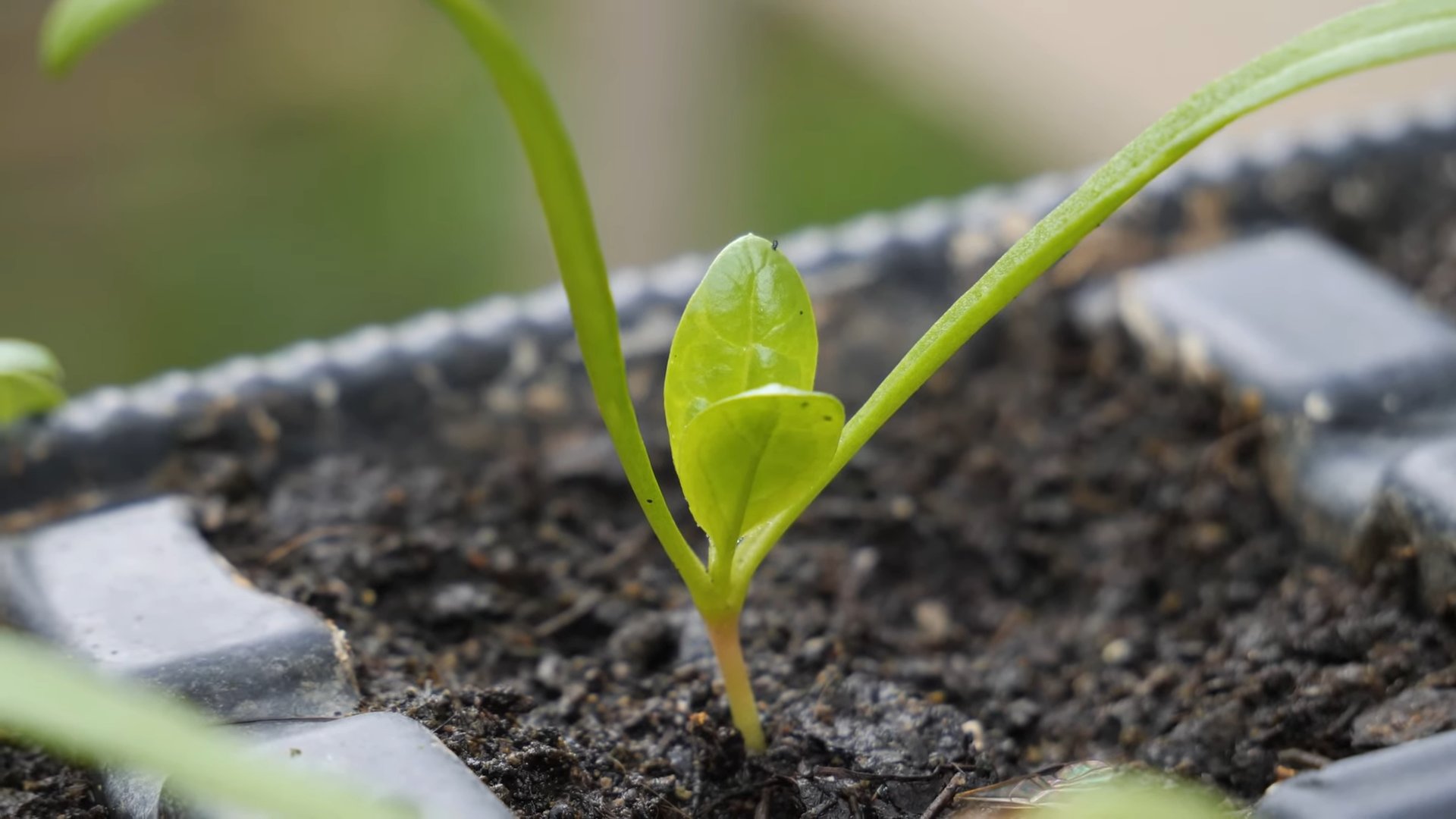
Conclusion
So there you have it! Growing spinach in planters is a surprisingly rewarding and accessible gardening project, perfect for even the most novice green thumbs. This DIY trick offers a wealth of benefits, from enjoying fresh, pesticide-free spinach right at your doorstep to experiencing the immense satisfaction of nurturing a plant from seed to harvest. The ease of control over your spinach’s environment, coupled with the space-saving nature of planter gardening, makes this method a must-try for anyone looking to add vibrant greens to their diet or simply enjoy the therapeutic process of gardening. The ability to tailor your growing conditions – sunlight, watering, and soil composition – ensures optimal growth and a bountiful harvest, far surpassing the often unpredictable results of traditional garden plots. You’ll be amazed at how quickly your spinach grows and how delicious it tastes, straight from your own planter!
Beyond the basic method outlined, there are countless ways to personalize your spinach-growing experience. Experiment with different types of spinach – savoy, semi-savoy, or smooth-leaf – to discover your favorite texture and flavor profile. Consider using different types of planters, from simple terracotta pots to more elaborate self-watering systems. For those with limited sunlight, explore the option of grow lights to supplement natural light, especially during the shorter days of fall and winter. Adding a layer of compost to your potting mix will enrich the soil and promote healthy growth. Don’t be afraid to get creative! You can even integrate your spinach planters into your existing garden design, creating a visually appealing and productive space. The possibilities are truly endless.
We strongly encourage you to embark on this rewarding journey of growing your own spinach. Share your experience with us! Post pictures of your thriving spinach plants on social media using the hashtag #PlanterSpinach. We’d love to see your progress and hear about your successes (and even your challenges – learning from mistakes is part of the fun!). Remember, even small successes in gardening can be incredibly fulfilling. So, grab some seeds, choose your planters, and get ready to experience the joy of harvesting your own homegrown spinach. It’s a delicious and rewarding adventure that awaits! You’ll be surprised at how easy it is to incorporate this simple yet effective DIY trick into your life.
Frequently Asked Questions
What type of planter is best for growing spinach?
Spinach thrives in well-draining soil, so choose a planter with drainage holes to prevent root rot. The size of the planter will depend on how much spinach you want to grow. A 12-inch diameter pot is a good starting point for a small harvest. Terracotta pots, plastic containers, and even repurposed containers can all work well, as long as they have adequate drainage.
How much sunlight does spinach need?
Spinach prefers at least six hours of sunlight per day. However, it can tolerate some shade, especially during the hottest part of the day. If you live in a particularly sunny climate, consider providing some afternoon shade to prevent the leaves from wilting.
What kind of soil is best for growing spinach in planters?
Use a well-draining potting mix specifically formulated for vegetables. Avoid using garden soil directly from your yard, as it may contain diseases or pests. Adding compost to your potting mix will improve soil fertility and drainage.
How often should I water my spinach?
Keep the soil consistently moist but not soggy. Water thoroughly when the top inch of soil feels dry. The frequency of watering will depend on factors such as temperature, sunlight, and the type of planter you are using. Overwatering can lead to root rot, while underwatering will stunt growth.
When can I harvest my spinach?
You can begin harvesting baby spinach leaves about 4-6 weeks after planting. For a full harvest, wait until the plants are mature, typically 6-8 weeks after planting. Harvest by cutting the outer leaves, leaving the inner leaves to continue growing.
What are some common problems when growing spinach in planters?
Common problems include pests like aphids and slugs, and diseases like downy mildew. Regularly inspect your plants for signs of pests or diseases and take appropriate action if necessary. Good air circulation can help prevent diseases. Using organic pest control methods is recommended.
Can I grow spinach in planters year-round?
Whether you can grow spinach year-round depends on your climate. In warmer climates, you may be able to grow spinach throughout the year, but you may need to provide shade during the hottest months. In colder climates, you may need to use a greenhouse or grow lights to extend the growing season.
What are the benefits of growing spinach in planters compared to a garden?
Planter gardening offers several advantages, including better control over soil conditions, easier pest and disease management, space-saving capabilities, and the ability to move your plants to optimize sunlight exposure. It’s also a great option for those with limited gardening space or those who prefer a more contained gardening experience.
Can I use seeds or seedlings to grow spinach in planters?
Both seeds and seedlings can be used to grow spinach in planters. Starting from seeds is generally more economical, while using seedlings can provide a faster harvest. Follow the instructions on the seed packet or seedling label for optimal results.
What should I do with my harvested spinach?
Freshly harvested spinach is best enjoyed immediately. You can add it to salads, smoothies, soups, or stir-fries. You can also blanch and freeze it for later use. Remember to wash your spinach thoroughly before consuming it.

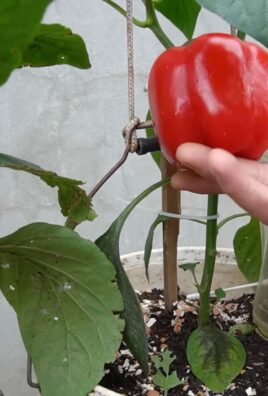
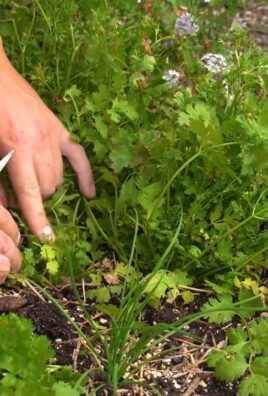
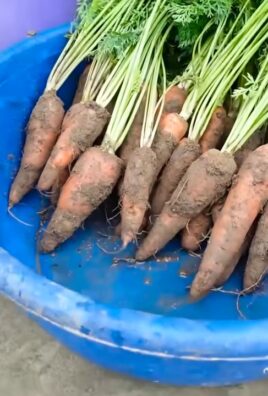
Leave a Comment